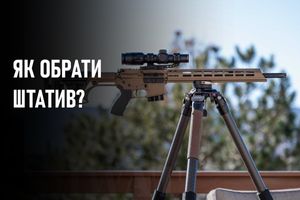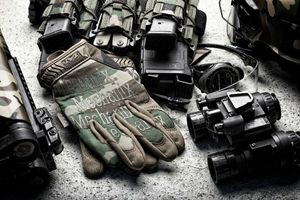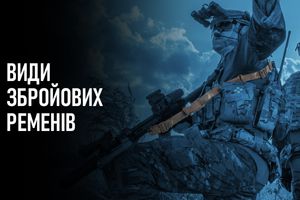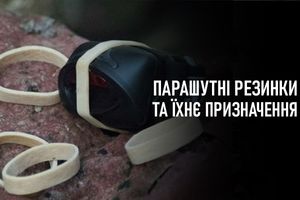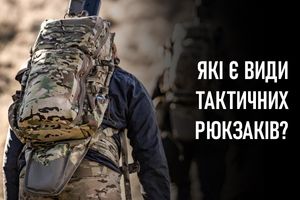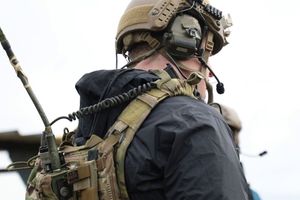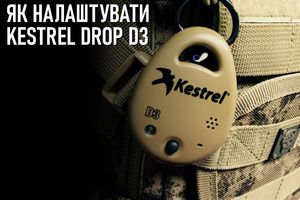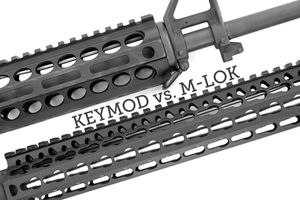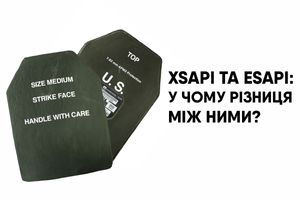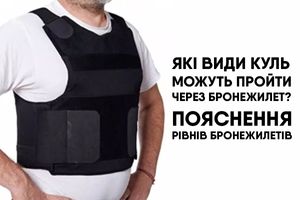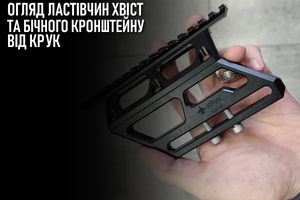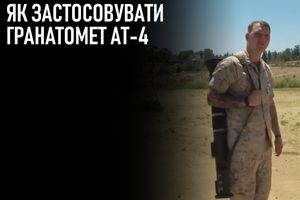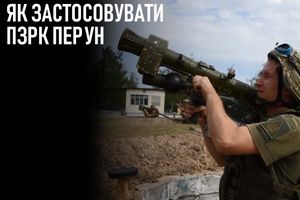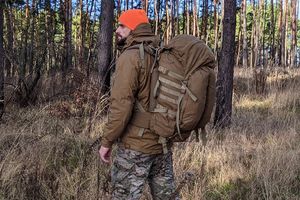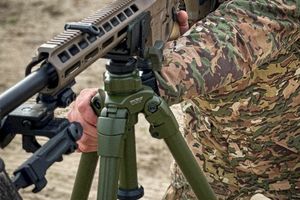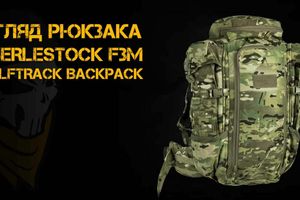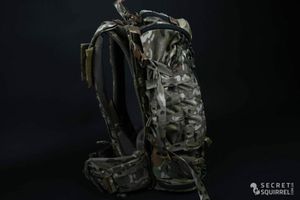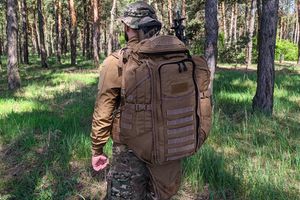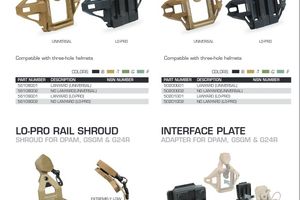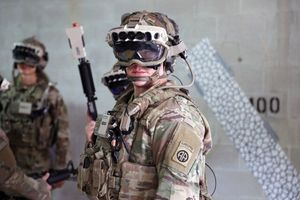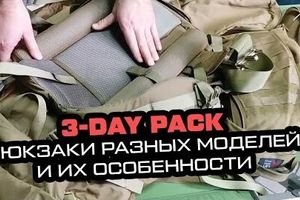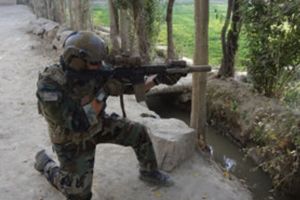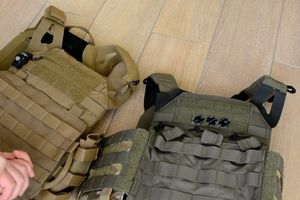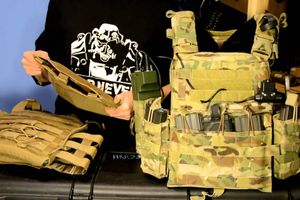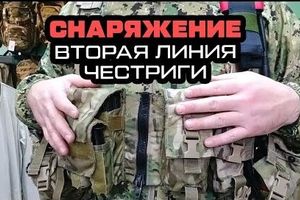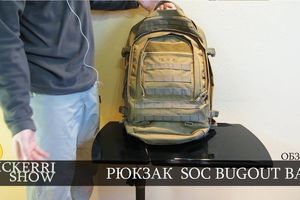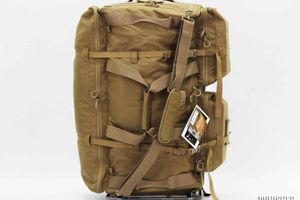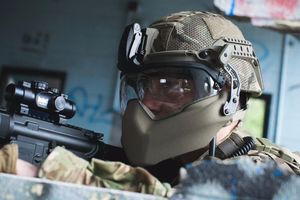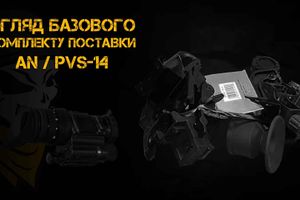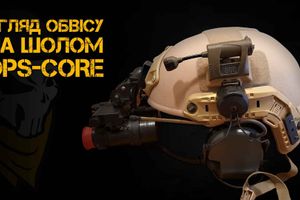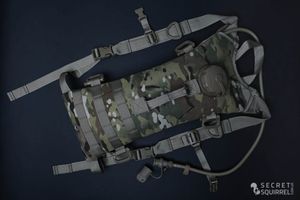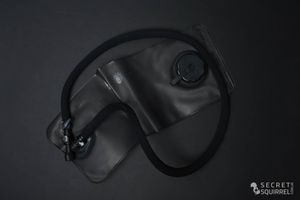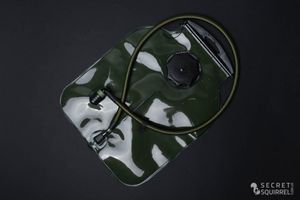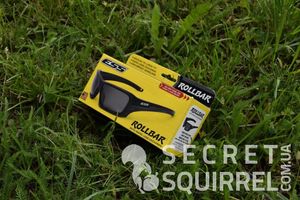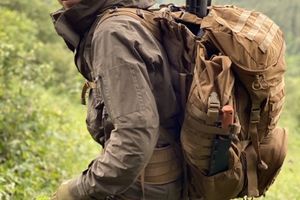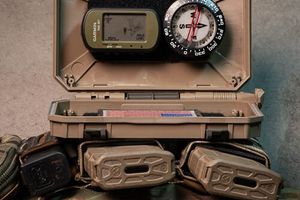I was fortunate enough to use a variety of different weapons during my time in the military, both in training and in combat.
One of the most versatile of those weapons, and one that was my constant companion overseas, was the M4A1 carbine. With the M4, we were well-equipped to fight the enemy from across the room to hundreds of meters away. James Reece relies on his M4 as he takes the fight to his enemies in The Terminal List, just as I did in the War on Terror.
The M4 5.56mm carbine is a shortened version of the M16 rifle and has been used by special operations forces since the Vietnam War (they called it the XM-177 or CAR-15). Its shorter barrel and collapsible stock make it more manageable to carry in tight places like submarines, helicopters, vehicles, and urban environments, making it ideal for special operations. Unlike submachineguns which are chambered in handgun rounds such as 9x19mm, the M4 fires a relatively powerful intermediate rifle cartridge capable of making hits at extended ranges. The 1-7” rifling twist of the M4’s barrel means that a wide variety of ammunition could be used – everything from the old 55gr. Full Metal Jacket to 62gr. “Green Tip” which is designed to penetrate armor. For most tasks, though, our favorite quickly became the extremely-accurate 77gr. Match ammo made by Black Hills, which worked great at both long and short ranges.

An advantage of the M4, or any AR-type platform, is its versatility: by popping the two take-down pins, the user can trade upper receivers in seconds. Early on in Afghanistan, there were very few of us that had any real combat experience and our tactics were changing day by day to adapt to the threat. During those early days and in subsequent deployments to Iraq, the learning curve was steep. We fine-tuned our kit to meet the mission and the modularity of the M4 helped us do just that.
The private sector firearms industry responded to the Global War on Terror with innovation and dedication, providing the military with products that allowed us to constantly maintain a technical edge over the enemy. The Picatinny rail equipped flat top receivers and forends on our M4s meant that we could easily mount whatever optic, light, laser, grip or other accessory that the mission demanded. Since we often ran missions at night to maximize the advantage of our night vision technology, our weapons were equipped with an ATPIAL/PEQ-15, a device about the size of an old cassette tape. This device can be used to project a visible laser onto the target in addition to an infrared laser/illuminator that is only visible with NODs.
If a mission was likely to be CQB-oriented or we would be traveling in vehicles, I could mount a 10.3”-barreled upper with either an EOTECH or Aimpont red dot optic. These uppers were built at Naval Surface Warfare Center, Crane Division in Indiana, aka “Crane”. The ten-inch configuration is called a MK18. If I thought I might need more reach, I could use a 14.5” upper with a magnified Trijicon ACOG, which I used in-conjunction with a small red dot optic in case we had to fight our way through a building or other tight space in order to get to a target or reach an overwatch positon. A third upper might be equipped with an M203 40mm grenade launcher. The KAC sound suppressors we were issued reduced the sound of the rifle’s report and helped eliminate muzzle flashes, though they don’t suppress sound nearly as well as they do in the movies. And, when you and a handful of your best friends are firing rifles inside the same small room, a suppressor is a really nice thing to have.
 |
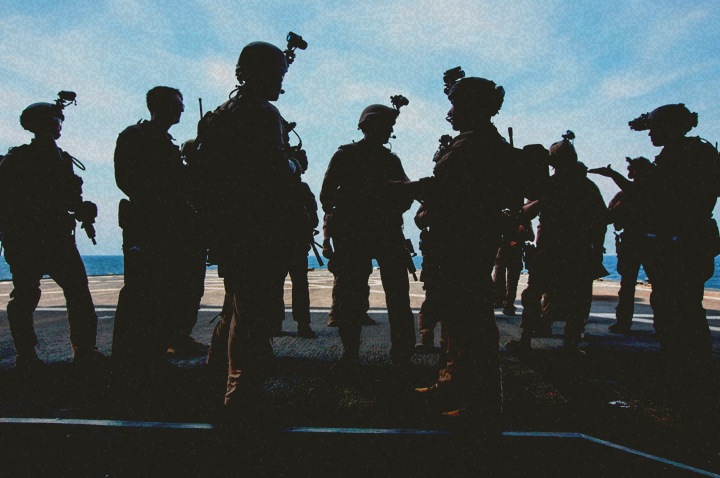 |
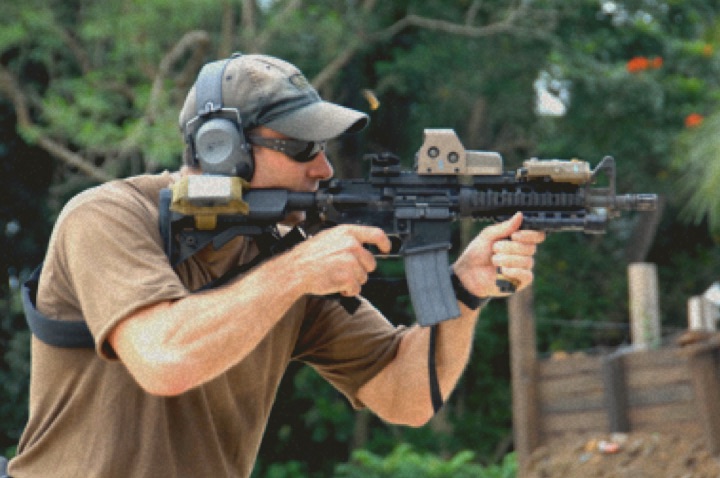 |
As my time in the military was coming to an end, I had settled on the short MK18 as my “go to” setup. By then, I was taking on increasingly senior leadership roles that found me less-likely to be pulling the trigger. By that time, I was usually carrying multiple radios and other “officer” gear, and the compact version of the M4 was handy to carry, especially when working in and around vehicles. I preferred my MK18 with an EOTECH mounted on a riser along with a throw-lever mount for a 3x magnifier. My Surefire Scout light was mounted to an S&S Precision angled rail which allowed me to activate the light with my thumb, and the ATIPAL rode at 12 o’clock on the forend. I used a Viking Tactics’ padded two-point sling and attached a Garmin Foretrex GPS unit to my stock to stay situationally aware and as a back-up to my point man if patrolling to a target on foot. This system gave me an extremely capable carbine and also allowed me the flexibility to tactically maneuver troops on the battlefield from a command and control perspective.
In the private sector, my old teammate Monty LeClair at Centurion Arms makes a perfect facsimile of the MK18 using identical components to what we used in the Teams. Daniel Defense makes a great one as well. Because the barrel is less than 16”, ownership requires a $200 tax stamp courtesy of the 1934 National Firearms Act but, now that I’ve escaped from the People’s Republic of California, I’m definitely going to add one of Monty’s rifles to my collection. Given their compact size, reliability, extended battery life and overall quality, I’ll likely equip my civilian MK18 with an Aimpoint Micro T-2 optic with magnifier.

Over the years, particularly following 9/11, our weapons, gear and tactics have continuously evolved. One of the constants during that evolution, though, was the M4 in its various forms. I’ve read articles from people who take issue with the M4 and its 5.56 round but, in my experience, it is one of the great combat rifles of all time. I’m confident that James Reece would agree.
Source: https://www.officialjackcarr.com/colt-m4a1-my-constant-companion-in-the-war-on-terror/
Author: Jack Carr










































































































































